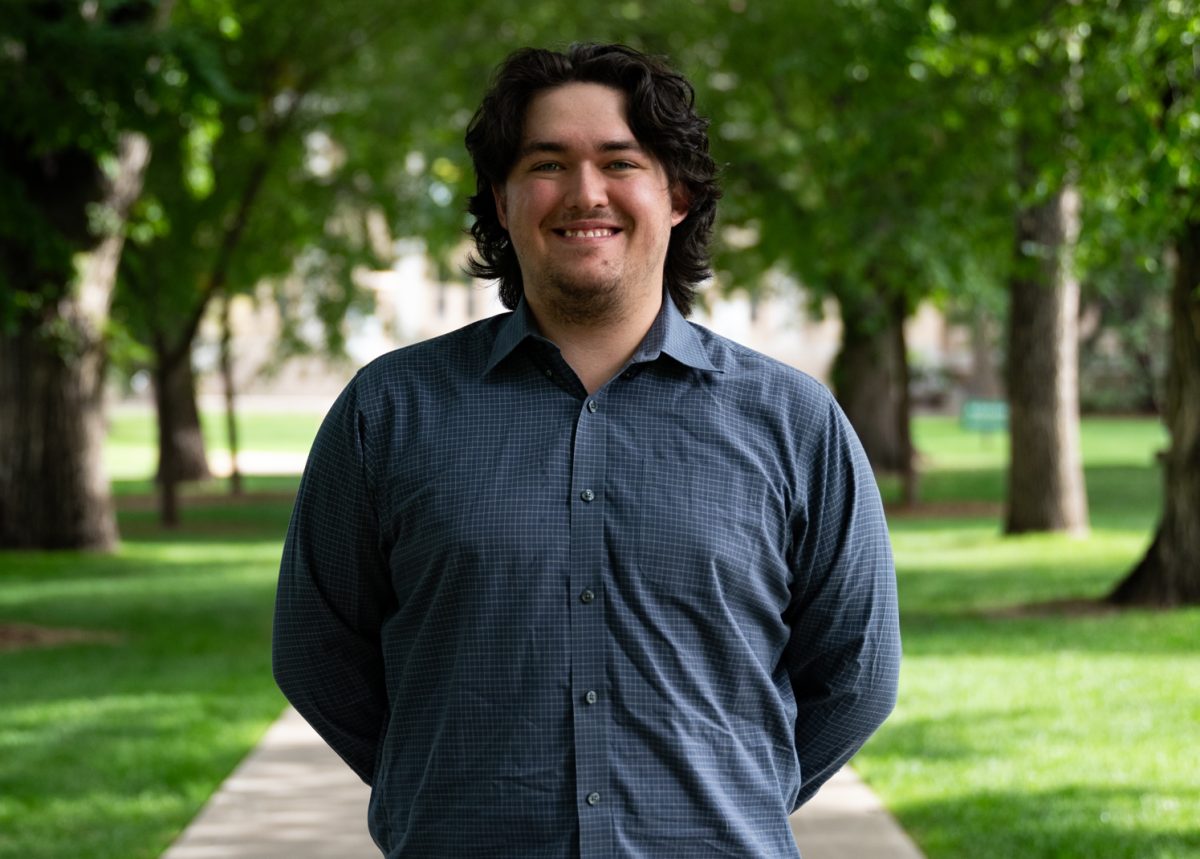
Editor’s Note: All opinion section content reflects the views of the individual author only and does not represent a stance taken by The Collegian or its editorial board.
The homecoming tradition is extremely communal, especially for returning alumni, as emotions will always run high when returning to a place you once called home. Out of all the celebrations and events that make Homecoming and Family Weekend what it is, few provide the sense of community and catharsis as the tradition of the homecoming bonfire.
Yet in the current socioecological climate of Colorado, does a bonfire still make sense as an event meant to honor this place we call home, or does it need to be replaced with a more conscientious event that still provides that sense of togetherness and positive emotional release?
The tradition of a homecoming bonfire in Fort Collins dates years back in Colorado State University’s history, decades before the Aggies became the Rams and before Colorado Agricultural and Mechanical College transitioned into Colorado State University. Even as far back as the early 1920s, the tradition of the homecoming bonfire was meant to be a celebration of the school and its community.
Something just tells me that giving today’s 32,000-strong, rowdy Ram family a load of fiery broomsticks wouldn’t end in a neatly lit bonfire.”
In 1923, The Rocky Mountain Collegian touted the school’s homecoming celebration that year as “the biggest Homecoming day in the history of Aggies,” with the bonfire featured as one of the weekend’s integral events. Described as “monstrous,” the bonfire was the event that kicked off the day and built excitement for the homecoming football game and the events to come.

And while the bonfire is a fun, celebratory event, it is also wrought with cathartic emotions brought on by a return to home ground for alumni and the sense of camaraderie that is garnered by it. This is the true purpose at the heart of this tradition: a cathartic experience that brings the entire community together to enhance the feeling of connection to a place once called home by the returning alumni.
Even in 1923, this feeling of connection and community functioned within the bonfire tradition, albeit in a different way — not that the core elements of the event weren’t all the same, but rather the fire itself was lit by a snaking line of college students with flaming broomsticks.
The Collegian of yesteryear writes, “As the parade reaches the post office the brooms will be lighted and the flaming line will do the serpentine down to the bonfire.” Composing this flaming line was “the entire student body, headed by the Aggie band.”
While an enormous relay of flaming brooms would certainly be a sight to be seen, this facet of the tradition is probably something best left to the students of 1923. Something just tells me that giving today’s 32,000-strong, rowdy Ram family a load of fiery broomsticks wouldn’t end in a neatly lit bonfire.
We are a school that values taking action in the fight against climate change, so why would we not also attempt to adapt some of our traditions to reflect this mindset?”
This 1923 fiery broomstick bonfire extravaganza is amusing, but it’s also a perfect example of how, even a century ago, the bonfire was centered around a sense of belonging and being together as one communal unit.
Yet just as we no longer use an inferno of brooms to light the fire, much has changed since 1923, specifically Colorado’s ecological and environmental situation. We have experienced a rash of wildfires and air quality issues as climate change continues to rear its ugly head in Fort Collins, and one could say that a giant, blazing heap of wood no longer feels as appropriate of a tradition.
In 2018, Dartmouth College made changes to its homecoming bonfire tradition, adjusting its size and structure to create a safer and more sustainable tradition while still keeping all of the sense of community intact. They shrunk the fire size from a staggering 35 feet to 15 feet and changed the fire’s structure so it would cave in on itself, reducing danger and smoke impacts.
CSU should follow suit and implement some of its own changes to the bonfire because CSU has long been a university that prides itself on environmentally forward-thinking. We are a school that values taking action in the fight against climate change, so why would we not also attempt to adapt some of our traditions to reflect this mindset?
A change to the bonfire tradition to make it more eco-friendly would not only be a smart decision for the environment but it would also actually add to the sense of community, as we are, after all, a school that holds these values at our core.
The bonfire has long been a tradition that helps fold alumni right back into the community they once were a part of on a daily basis, and this concept is of vital importance to keep intact. However, there is no reason why we cannot adapt, as we have in the past, to support our environment and show exactly what it means to be a CSU Ram in 2021.
JD Meltzner can be reached at letters@collegian.com or on Twitter @jd_meltzner.








